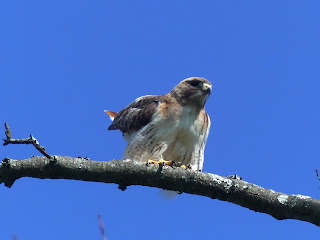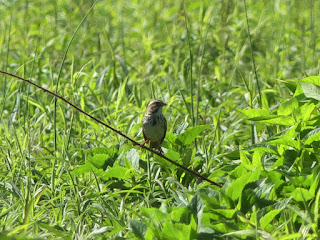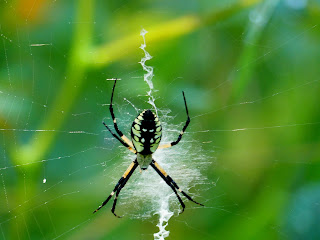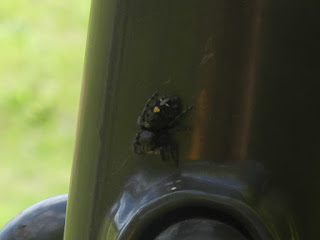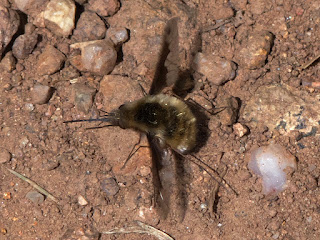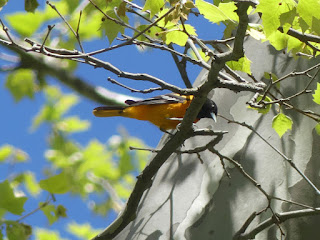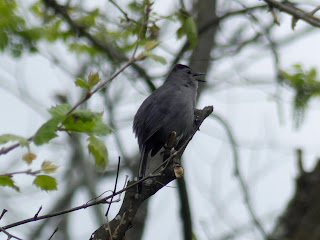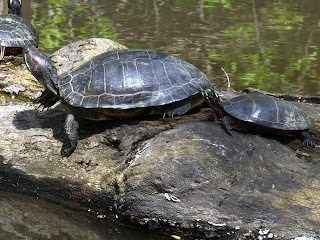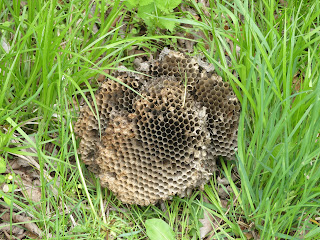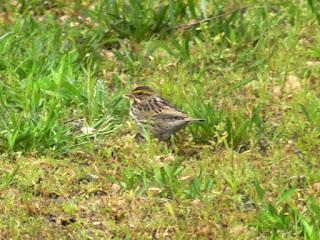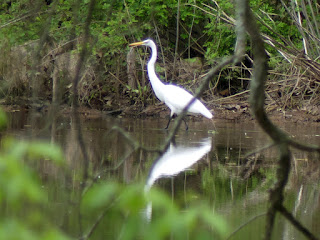Orchard Oriole

Though I see their Baltimore Oriole cousins more often, their smaller cousins the Orchard Orioles [1] also live and breed in New Jersey (at least during the warm-weather months). Besides being smaller, they can also be distinguished by: Baltimore Oriole males are bright orange and black, while Orchard Oriole males are a rich chestnut color and black. Baltimore Oriole females have a yellow/orange breast/belly, while Orchard Oriole females shouldn't show any orange. This particular Orchard Oriole has a slightly different look though. Note the black patch on the throat? This is an indicator that this isn't a female Orchard Oriole but instead an immature male Orchard Oriole [2]. I don't see these birds very often, probably partly because they don't typically stay in their breeding area very long. They generally arrive here late in the spring and leave in the middle of summer, so they're in New Jersey for less time than the average bird. May 9, 2023 at Duke Farms Photo...
